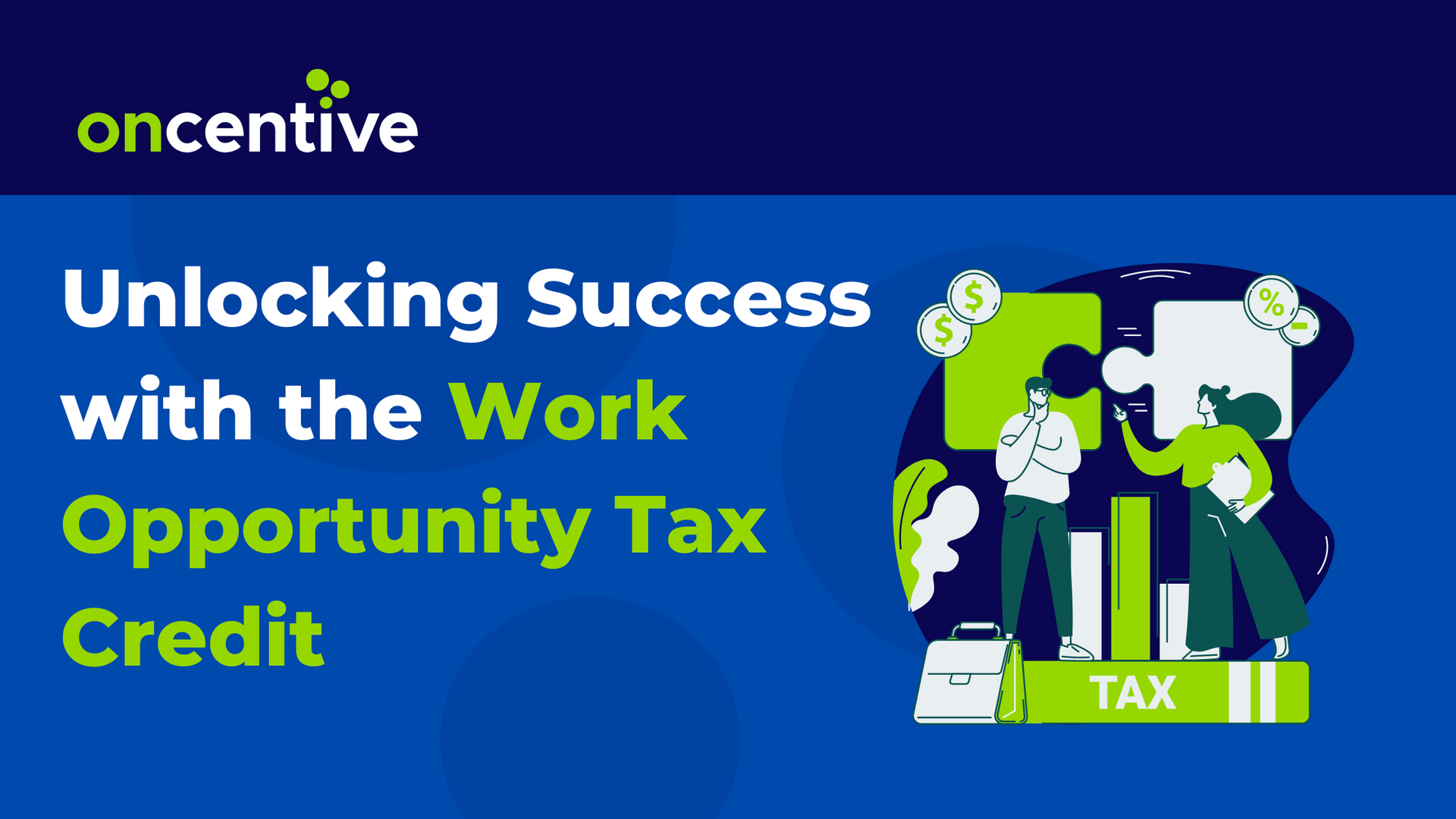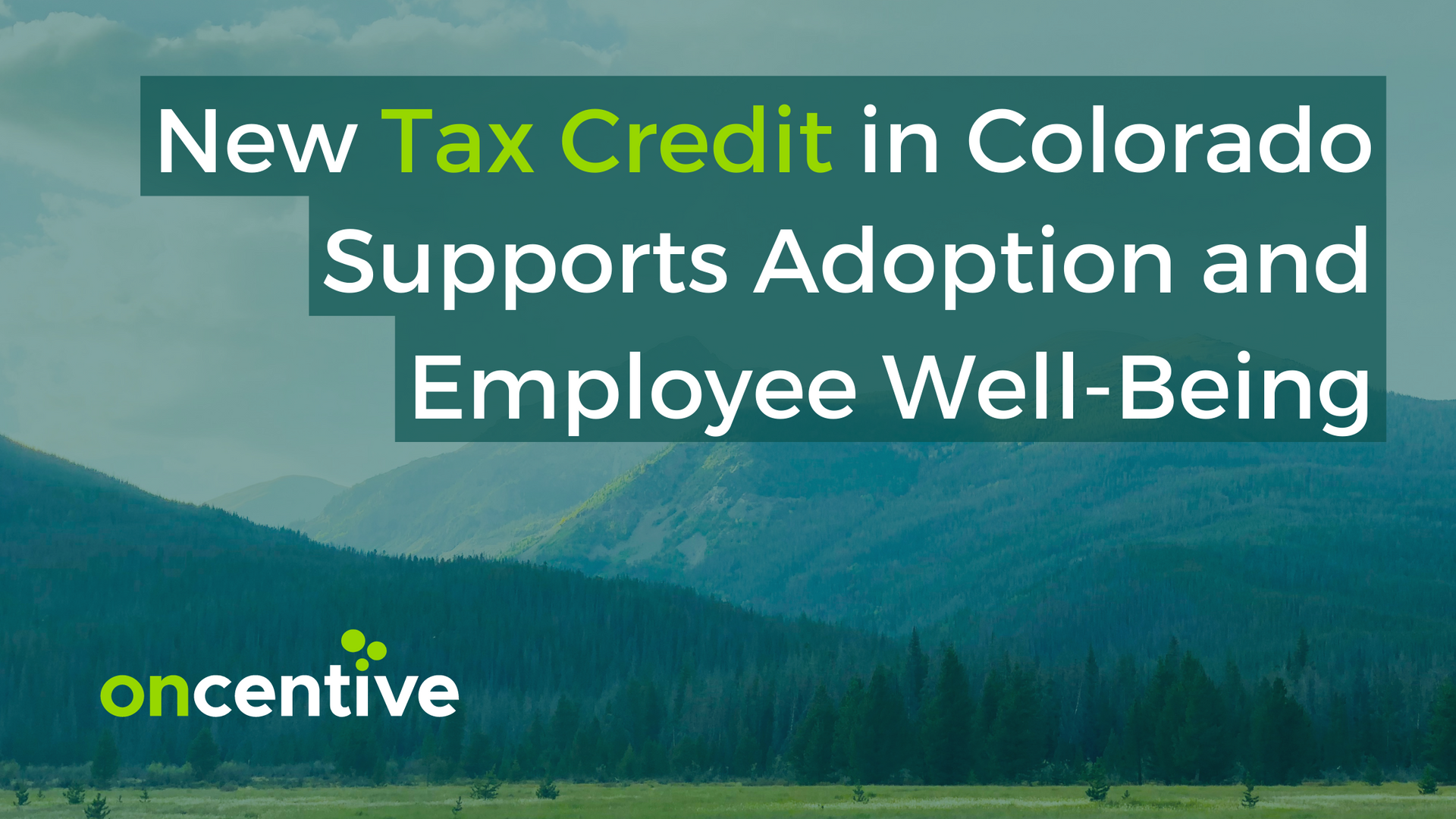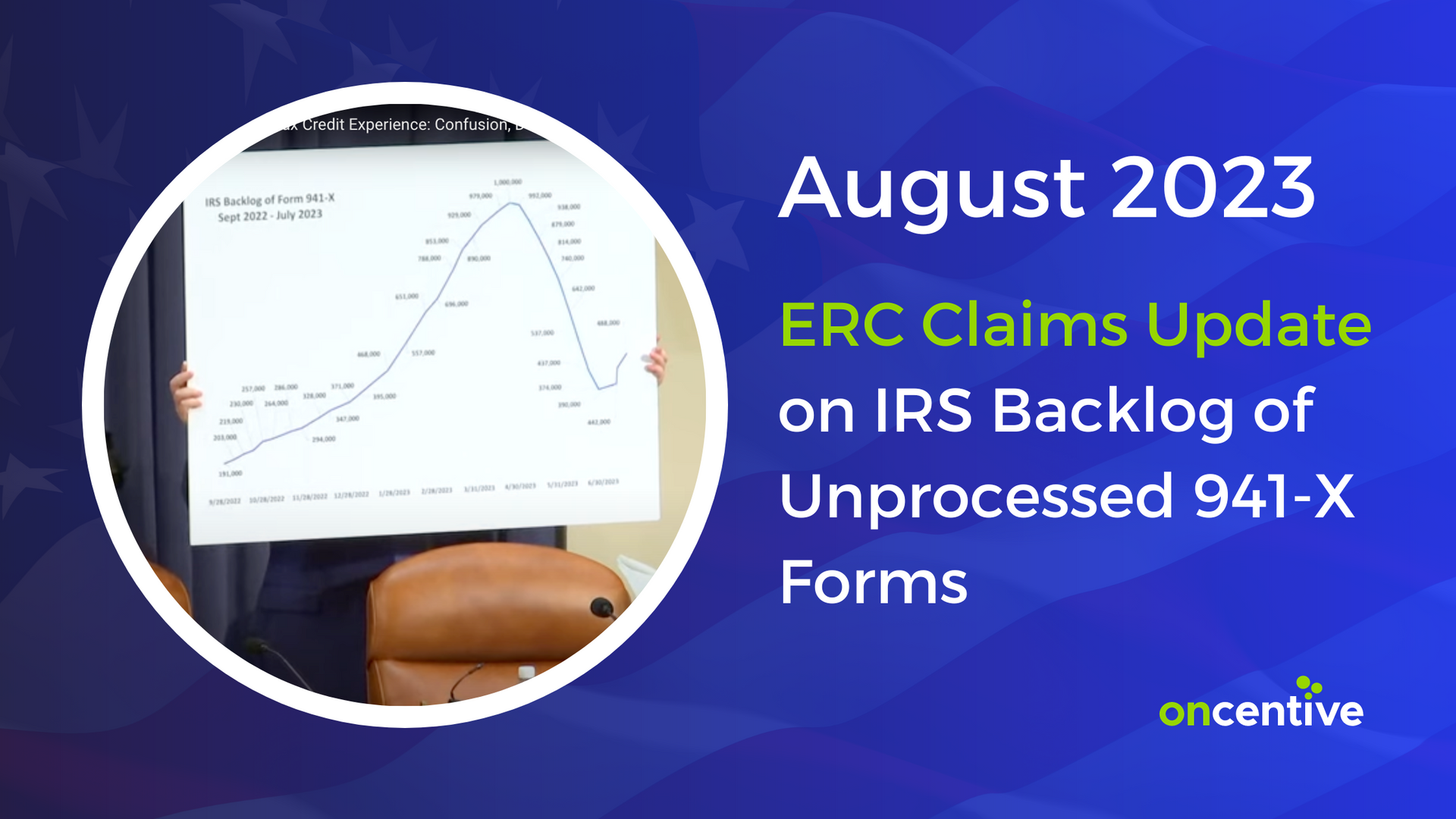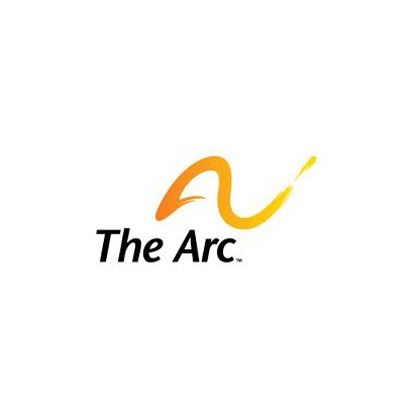A Comprehensive Guide to Boosting Your Small Business's Bottom Line with Tax Credits, Part 4

In our exploration of tax credits' transformative potential for small businesses, we've covered federal credits like the Work Opportunity Tax Credit (WOTC), Research and Development (R&D) Tax Credits, Solar Investment Tax Credit (ITC), Small Business Health Care Tax Credit, Retirement Plans Startup Costs Tax Credit, and Federal Empowerment Zone Credit.
To learn more about these various credits, read the blog post “A Comprehensive Guide to Boosting Your Bottom Line with Tax Credits, Part 3.”
Here, we’ll wrap up our comprehensive guide with a look at the unique state and local tax credits that are available to small businesses. Note, that for a full list of what is available in your area, we encourage you to check out your state’s official government website.
State and Local Tax Credits
In addition to federal incentives, small businesses can uncover a wealth of opportunities at the state level, where various tax credits and incentives aim to bolster local economies and encourage business growth.
While the specifics can vary widely from state to state, exploring these possibilities is key to maximizing savings and fostering a favorable business environment.
Job Creation Tax Credits
Many states offer credits to businesses that create new jobs within their borders. These credits often depend on factors such as the number of jobs created, the wages offered, and the industry in which the business operates.
Investment Tax Credits
Some states provide credits for investments in specific industries or technologies. These incentives are designed to stimulate economic growth, particularly in sectors that align with the state's economic development goals.
Research and Development Credits
Similar to the
federal R&D tax credit, several states offer their versions to encourage innovation and technological advancement within their jurisdictions. Small businesses engaged in qualifying research and development activities may be eligible for these credits.
Energy Efficiency Credits
States often promote energy efficiency initiatives by offering credits to businesses implementing
energy-saving measures or using renewable energy sources. This not only supports environmental sustainability but also reduces operating costs for businesses.
Enterprise Zone Credits
Many states designate certain geographic areas as enterprise zones to stimulate economic development. Businesses operating within these zones may qualify for various credits, including tax abatements and job creation incentives.
Training and Education Incentives
Some states encourage businesses to invest in employee training and education by providing tax credits. These incentives aim to enhance workforce skills and contribute to the overall economic development of the state.
Louisiana’s Effort to Enhance Workers Skills Through the Youth Job Credit
In Louisiana, the Youth Job Credit is a perfect example of how the state is taking charge of enhancing the skills of its workforce. This nonrefundable tax credit is designed to motivate businesses to hire eligible youth, providing financial benefits while empowering young individuals to enter the workforce. The program targets specific eligibility criteria, including age, prior unemployment, minimum weekly hours, and qualifying factors such as involvement in assistance programs or experiences with the justice system.
The credit offers varying amounts based on employment status, providing $1,250 for full-time and $750 for part-time positions. This initiative not only addresses immediate employment needs but also aims to empower Louisiana's youth for long-term success.
The introduction of the Louisiana Youth Job Credit marks a significant stride in reducing youth unemployment and positively impacting the state's economy. By encouraging businesses to hire eligible youth, the program not only provides valuable work experience and income but also targets specific groups facing challenges in education, housing instability, or involvement with the justice system.
California New Employment Credit Offers New Hire Tax Savings
The California New Employment Credit (NEC) serves as a strategic state tax credit, aiming to boost economic growth by encouraging businesses to hire employees from specific targeted groups confronting employment challenges. Similar to WOTC, this credit applies to qualified employees belonging to designated categories, including individuals receiving public assistance, veterans, and ex-felons, fostering diversity and inclusivity in the workforce.
The credit is calculated as a percentage of qualified wages paid during the employees' first 5 years, with varying rates based on factors like hours worked and employment status. Businesses must understand the limitations of the NEC, including a cap on the total credit amount per qualified employee and restrictions on subsidized wages through other programs. However, the credit offers flexibility with a carryover provision, allowing businesses to apply for any unused credit in subsequent years.
By participating in the NEC program, businesses not only gain financial benefits but also actively contribute to community development and the overall well-being of targeted groups within the state of California.
When small businesses strategically leverage the plethora of tax credits at their disposal, they can enhance their financial resilience,
foster a supportive workplace culture, and navigate the evolving landscape with greater flexibility and stability.
OnCentive Can Help You Unlock Small Business Tax Savings
To uncover the full spectrum of income tax credits and state-specific opportunities, businesses are encouraged to engage the assistance of a consultant to coordinate with state revenue departments, economic development agencies, or specialized consultants familiar with the intricacies of local tax incentives, like OnCentive.
Staying informed about available credits can empower small businesses to make strategic decisions that positively impact their bottom line while contributing to the economic prosperity of the communities they serve.
Have Questions or Need More Information?


 <script type=" text=""/>
<script type=" text=""/>



















